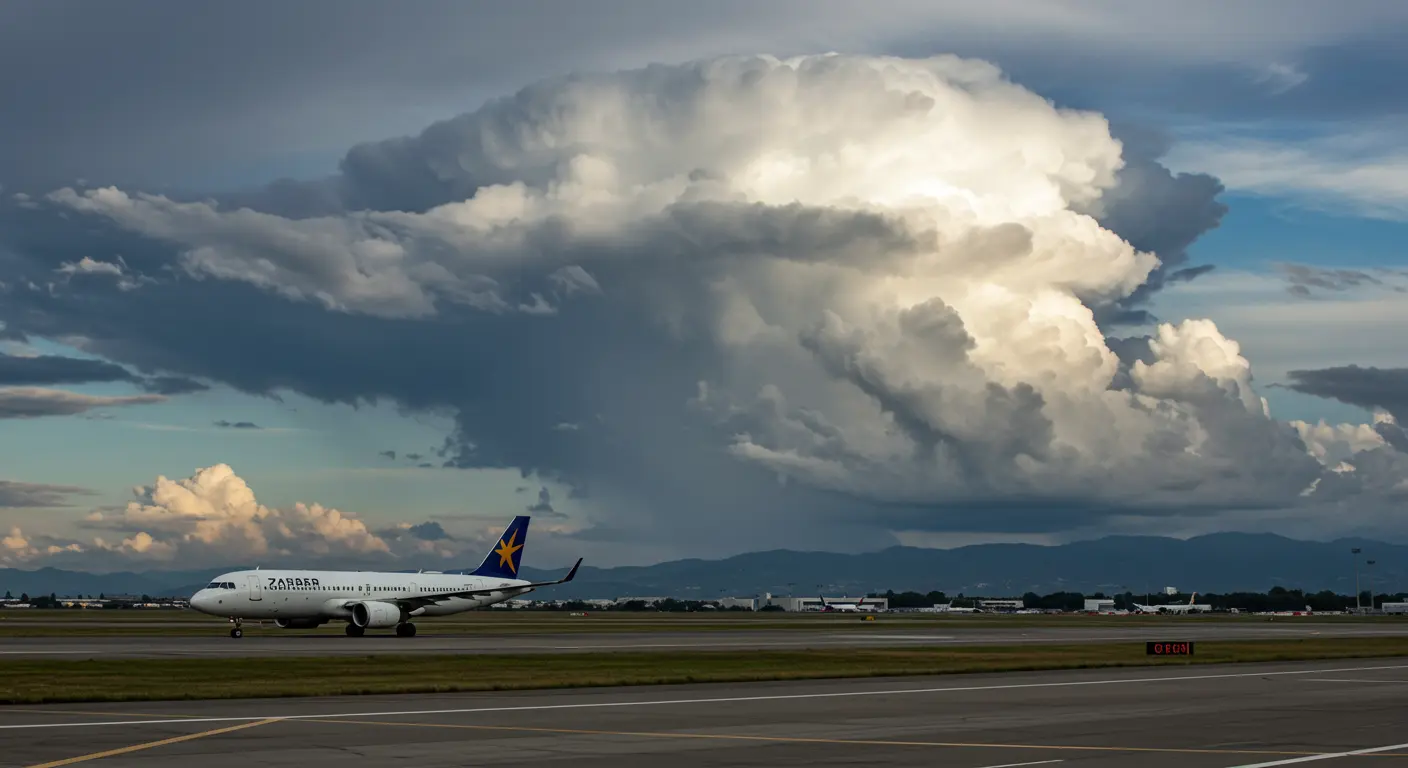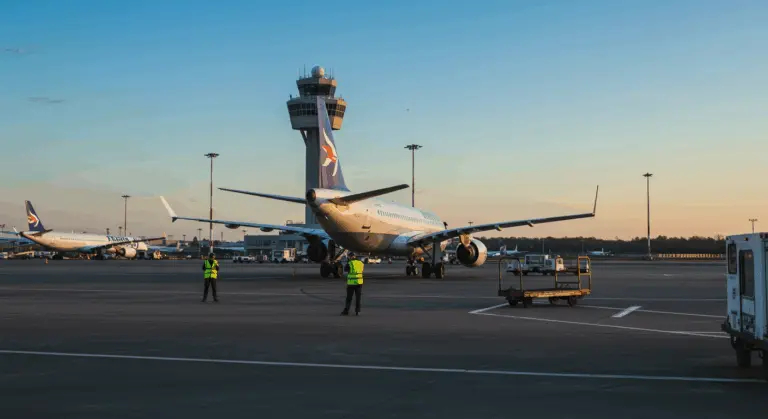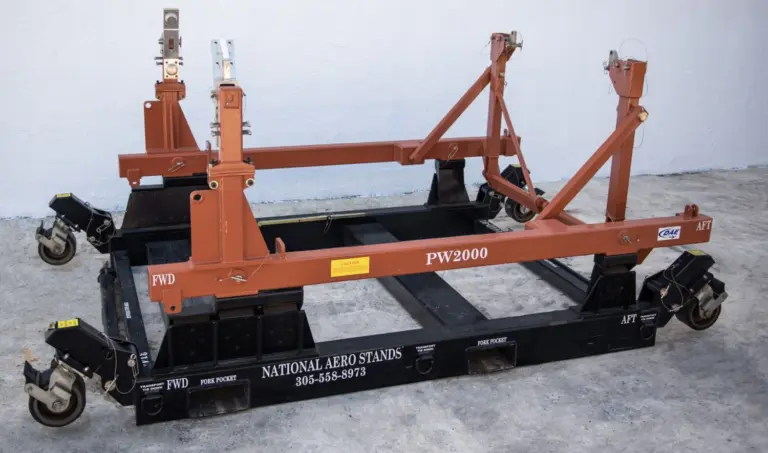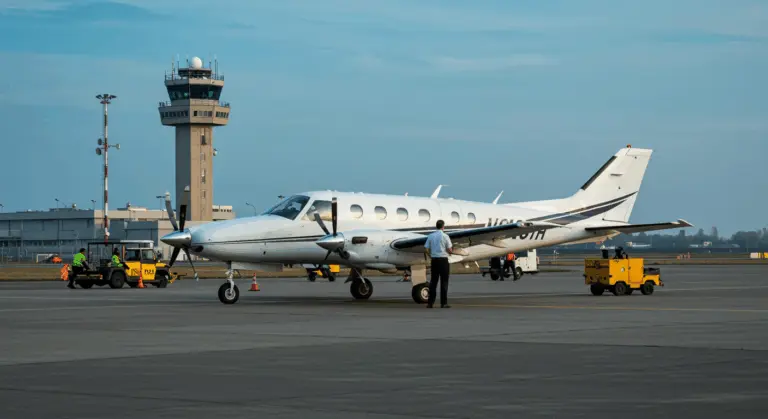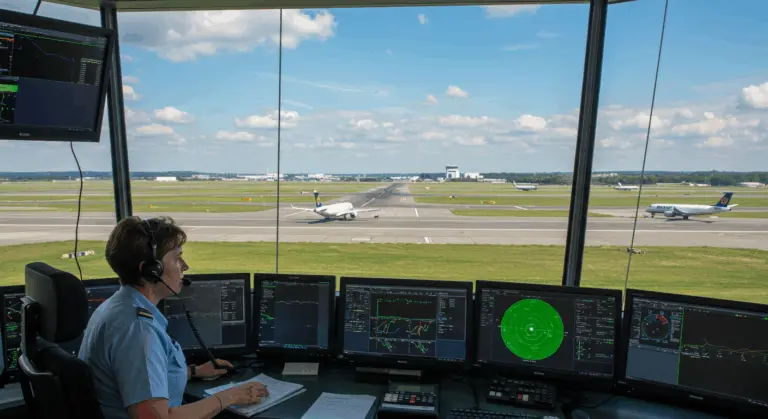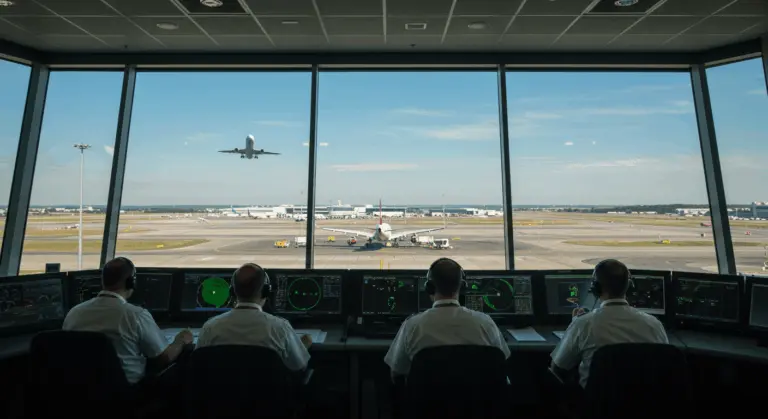Do Clouds Cause Turbulence? Understanding the Connection
Understanding Turbulence and Its Causes
Turbulence represents chaotic, unpredictable air movement that turns smooth flights into bumpy experiences—ranging from gentle jostling to violent jolts. When aircraft encounter these disturbed air masses, they enter an unstable atmospheric environment requiring careful piloting.
Turbulence has several primary causes:
-
Mechanical Turbulence: Airflow is disrupted by physical obstacles like mountains, creating swirling eddies.
-
Thermal Turbulence: Uneven solar heating causes pockets of air to rise and fall unpredictably.
-
Jet Stream Turbulence: Aircraft crossing the boundaries of these fast-flowing air currents encounter significant turbulence.
The intensity of turbulence depends on the mixing of contrasting air masses—those differing in temperature, velocity, or pressure. Greater disparities between these atmospheric properties create more severe turbulent conditions.
Cloud interiors are especially dangerous. Powerful up drafts clash with downdrafts, creating a turbulent environment where dynamic internal forces generate relentlessly erratic conditions.
Types of Turbulence Related to Clouds
Five cloud types are particularly known for creating turbulent conditions for aircraft:
-
Cumulus
-
Cumulonimbus
-
Stratus
-
Rotor clouds
-
Lenticular clouds
Those puffy, cotton-like cumulus clouds look harmless but contain mild to moderate turbulence within their innocent appearance. Their convective nature drives powerful internal air currents—up drafts wrestling with downdrafts—creating the bumpy ride aircraft experience when penetrating these seemingly innocent formations.
Cumulonimbus clouds pose the greatest threat to aviation. These towering thunderstorm behemoths, stretching skyward to 60,000 feet, contain up drafts and downdrafts of extraordinary violence that generate extreme turbulence. Pilots treat them with utmost respect, giving these dangerous formations a wide berth.
Stratus clouds conceal turbulence within their seemingly placid horizontal layers, especially where temperature differences exist. Rotor and lenticular clouds both indicate severe mountain wave turbulence, forming downwind of mountain ranges when strong winds are present.
Vertical air movement is the key factor in cloud-related turbulence. Most encounters prove relatively mild. However, larger, more dynamic cloud formations escalate the risk significantly—making normal flights more difficult and requiring skillful handling.
Cloud Types and Their Impact on Turbulence
Cumulonimbus Clouds – The Turbulence Giants
Cumulonimbus clouds are the most powerful turbulence generators. These colossal thunderstorm towers, soaring to 60,000 feet, harbor up drafts exceeding 100 mph—creating violent air movements that subject aircraft to severe, punishing turbulence.
The turbulence found in these atmospheric giants is especially dangerous due to its sheer intensity and unpredictable behavior. Aircraft experience rapid altitude fluctuations and extreme structural stress. Their distinctive cauliflower-like appearance serves as nature’s warning sign—prompting experienced pilots to immediately alter course.
In addition to turbulence, cumulonimbus clouds present other major aviation hazards:
-
Lightning strikes
-
Heavy precipitation and hail
-
Microbursts (powerful downdrafts causing wind shear)
This phenomenon, termed ‘convective turbulence,’ results from dramatic temperature and moisture differentials within the cloud structure. Aviation safety protocols mandate that commercial flights maintain at least 20 nautical miles’ separation from these dangerous clouds.
The Role of Pilots in Managing Turbulence
Pilots receive extensive training in turbulence management, combining technical expertise, practical experience, and advanced technology. Their mission? Ensuring both flight safety and passenger comfort in challenging conditions.
Maintaining strategic separation from turbulence sources—including wake turbulence from other aircraft—is a key approach. When turbulence proves unavoidable, pilots skillfully adjust airspeed: reducing speed during severe encounters to minimize structural stress, or occasionally increasing velocity in mild conditions to enhance stability.
Altitude adjustments give pilots another important option. Onboard weather radar reveals turbulent cloud formations ahead, enabling informed decisions about whether to climb over, descend under, or navigate around these atmospheric obstacles to find smoother air.
When turbulence cannot be avoided, experienced pilots employ subtle, measured control inputs rather than dramatic overcorrections that might worsen the situation. They simultaneously secure the cabin environment—illuminating seatbelt signs and coordinating with flight attendants about anticipated conditions. This proactive communication strategy helps prevent passenger injuries, which represent turbulence encounters’ most frequent adverse outcome.
Modern technology helps significantly in turbulence management. Advanced weather forecasting allows better route planning, while emerging innovations—such as Boeing’s forward-looking laser detection systems and Airbus’s adaptive wing technology—promise even more sophisticated detection and mitigation capabilities.
Despite its unsettling effects on passengers, turbulence rarely poses a direct threat to modern commercial aircraft. These machines are engineered to withstand forces far exceeding those encountered in even severe turbulent conditions. Therefore, pilots typically approach turbulence as a passenger comfort concern rather than an immediate safety threat.
Safety Measures for Passengers During Turbulence
The most effective passenger safety measure is surprisingly straightforward: keep your seatbelt fastened whenever seated, regardless of whether the seatbelt sign glows. This single precaution prevents the majority of turbulence-related injuries caused by unexpected jolts.
Turbulence strikes without warning. Smart passengers secure loose belongings before they transform into dangerous projectiles during sudden atmospheric disturbances.
During turbulent periods, avoid risky activities like passing infants across aisles or handing items to cabin crew—actions that could result in injury when the aircraft lurches unexpectedly.
If turbulence becomes severe, you should follow all crew instructions immediately to minimize the risk of injury.
Future Trends: Climate Change and Turbulence
Climate change is expected to significantly increase turbulence encounters. Research projections show worrying trends: by 2050-2080, clear-air turbulence could surge by 113% over North America and a staggering 181% over the North Atlantic.
This increase comes from an increasingly unstable jet stream driven by rising global temperatures. As Arctic regions warm, the traditional temperature gradient between poles and equator weakens, causing the jet stream’s behavior to become more erratic and unpredictable.
Researchers have found increasing numbers in turbulence incidents. While improved reporting contributes to higher numbers, many meteorologists believe climate change is genuinely strengthening high-altitude winds and increasing their variability—creating more frequent and intense turbulent encounters.
Adding to these climate-related problems is the relentless growth in global air traffic. Busier skies translate to more aircraft potentially encountering turbulence, plus increased wake turbulence from the aircraft themselves. This convergence of climate-induced atmospheric instability and escalating air traffic density creates a serious problem for aviation’s future.

